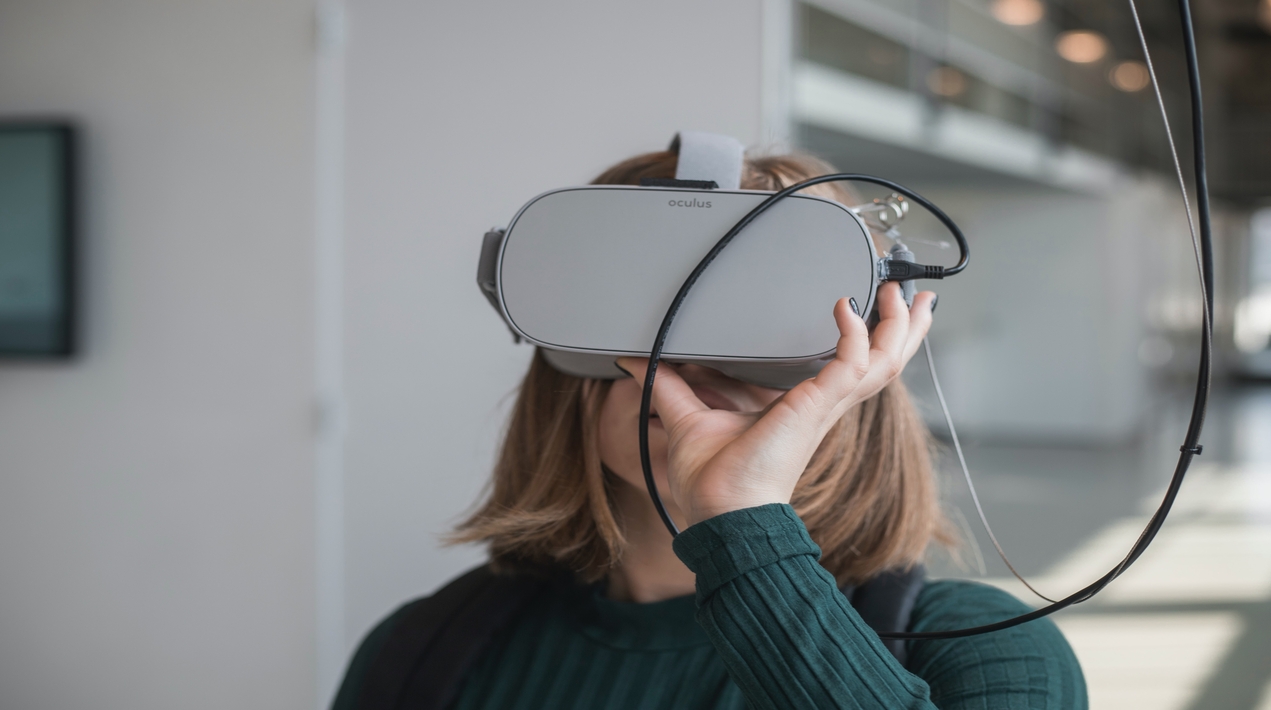
Immersive virtual reality (VR) technology could help speech pathologists treat communication disorders, according to University of Queensland research.
Dr Atiyeh Vaezipour, from the RECOVER Injury Research Centre, said the results provided a foundation to inform the design, development and implementation of a VR system to be used in the rehabilitation of people with acquired communication disorders.
“Communication disorders can result in significant barriers to everyday life activities, and commonly require long-term rehabilitation,” Dr Vaezipour said. “Traditionally, speech pathologists deliver therapy in places such as hospitals and health centres, where there are limited opportunities for real-life interaction.”
It was noted that VR applications could simulate social communication situations that are difficult to create within the clinic in realistic, personally relevant and safe environments. VR could be used as a rehabilitation tool in communication environments that mimic the richness, complexity and dynamics of everyday situations.
Dr Vaezipour interviewed and surveyed speech pathologists following their use of an immersive VR kitchen environment. Participants in this study were positive about the usefulness of VR and its potential applications to the management of communication disorders within speech-language pathology, she said.
She also noted that speech pathologists considered VR to be a viable option for observation of communication performance in more life-like environments, bridging the gap between communication in the clinic and communication in external environments where distractions are present, such as background noise or visual complexity.
VR could provide valid contexts for people to practise their communication skills, build confidence interacting with others and generalise their communication skills to various environments. Dr Vaezipour said a human-centred design process was critical in developing VR tools for use in clinical practice. “Immersive VR applications will require customisation and adaptation capabilities that enable tailoring to the specific target goals, and physical, cognitive, and communication needs of the client,” she said.
Incorporating human factors from the early stages of design and development could enable the successful adoption of novel technologies in rehabilitation. More evidence-based research to support the use of immersive VR in the management of adult neurogenic communication disorders is critical to enhancing uptake and sustained use by speech pathologists.
The study is published in the journal Disability and Rehabilitation.
The potential of VR in the medical profession
According to another article, virtual reality technology is used in many areas of healthcare, in a variety of applications. These include medical training, for both doctors in training and students, patient treatment, medical marketing, and educating people about a disease or medical condition or process.
Current medical training has shifted from the rote memorisation of facts to imparting skills to use facts to arrive at a proper management strategy when faced with a given patient. This training includes problem-oriented learning, communication skills, and VR-based learning.
Any kind of medical situation can be simulated using VR, to allow the students to deal with it as in real life. This is followed by feedback and debriefing, to allow them to learn from their mistakes, if any. The cheapness of VR systems and the fact that faculty are not required to be present makes access more flexible and broad-based.
VR can be used to help medical professionals visualize the interior of the human body, thus unveiling otherwise inaccessible areas. For one, the dissection of cadavers, which was a norm for every new medical student, has given way to the study of human anatomy via VR.
Computer graphics have made it possible to recreate any part of the body in great detail, with extreme faithfulness to reality. Moreover, training can be offered using scenarios that closely mimic common surgical situations.
The high cost of such VR environments, including the cost of monitors, programming, and the other tools required for such training, may perhaps be offset by including a greater number of students in each program. However, the results are superior, with more accurate knowledge resulting from the use of VR.
















